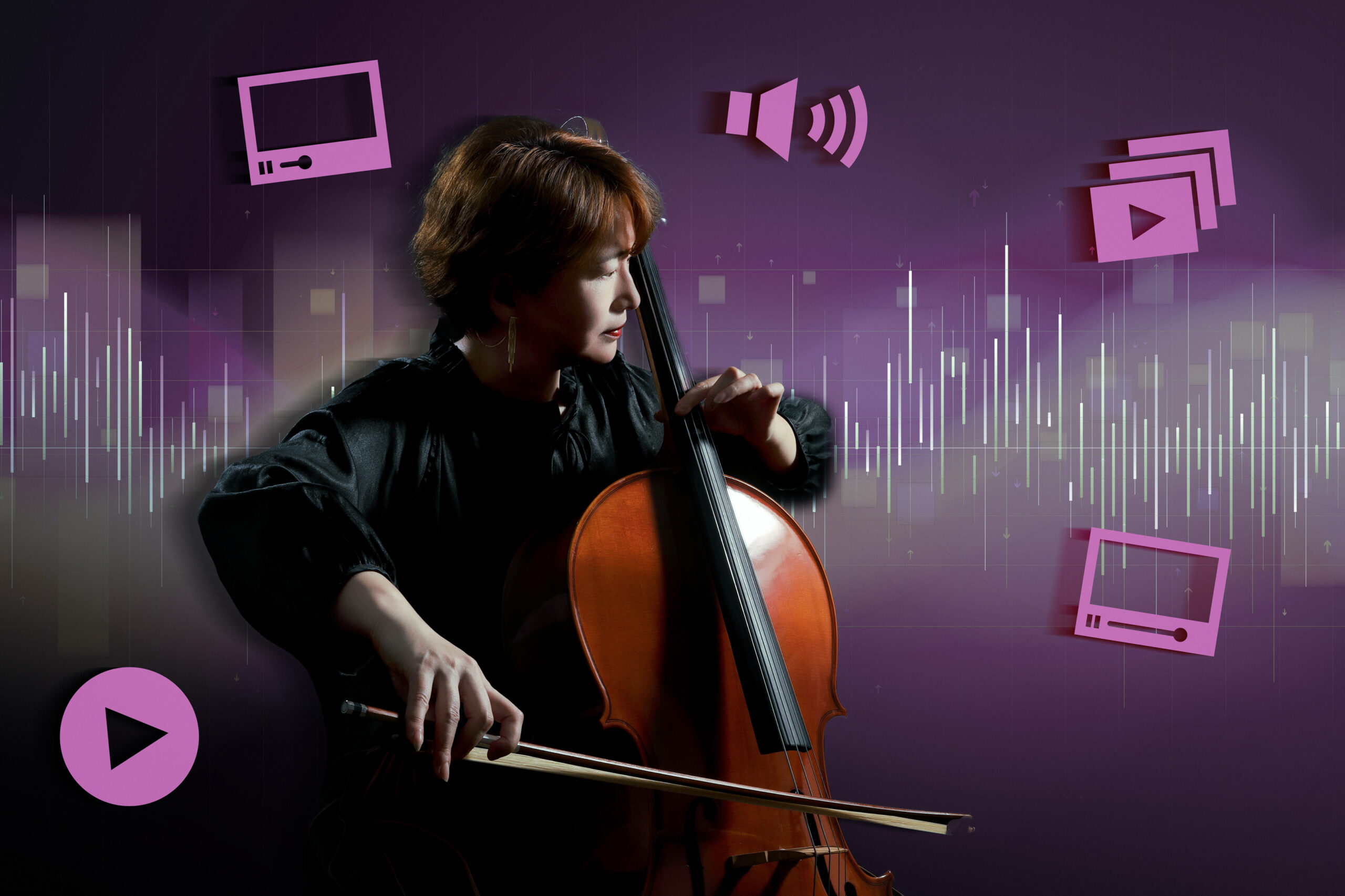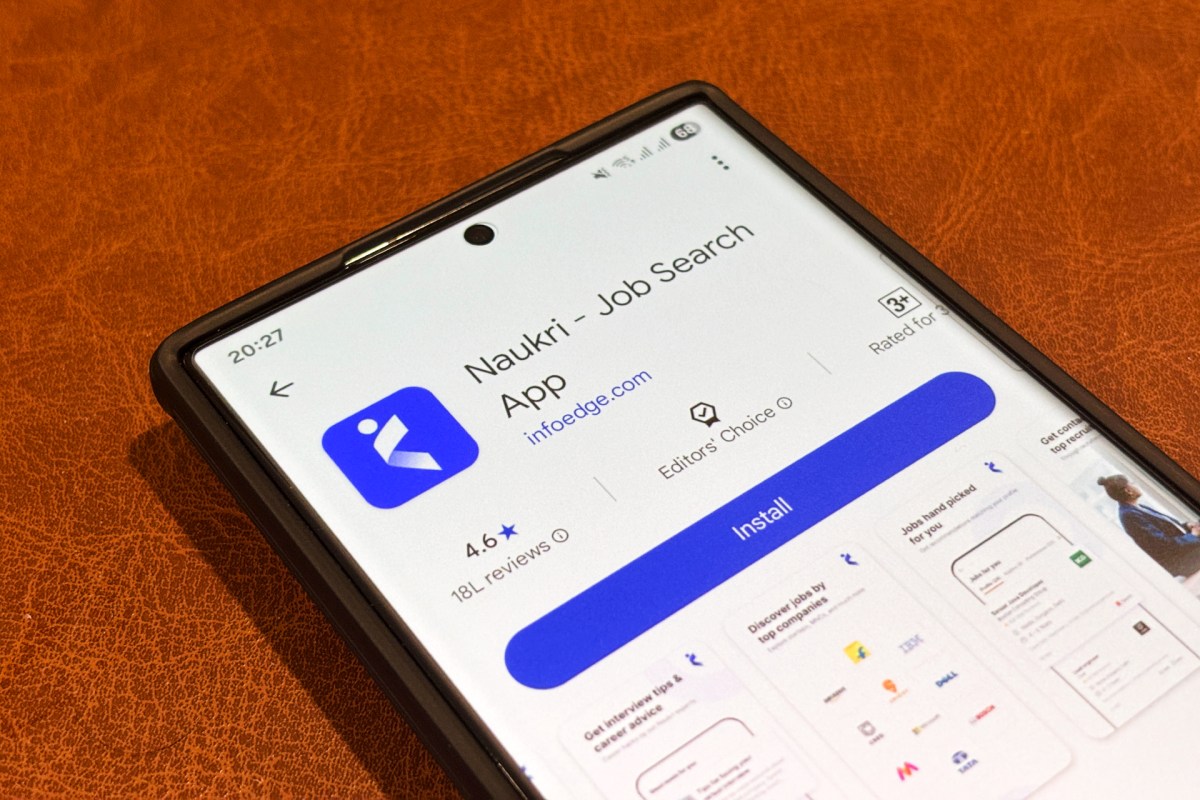
Researchers at the Massachusetts Institute of Technology (MIT) have developed a groundbreaking machine-learning model that can accurately determine the specific location of a sound within a video—without requiring human labeling. This innovation could have far-reaching implications across multiple industries including journalism, film production, education, and training.
Traditional methods of associating a sound with a visual source in video typically rely on manual annotation or require complex audiovisual labeling. The new model overcomes these barriers by learning audio-visual correspondence directly from raw video, using self-supervised learning techniques. This allows the model to identify which object or region in a video is producing a specific sound, such as determining which person is speaking in a crowded meeting or spotting the source of a siren in a street scene.
According to MIT researchers, the model works by analyzing large amounts of unlabeled video data to learn statistical patterns connecting visual and audio elements. Over time, it becomes capable of recognizing and localizing specific sounds—like footsteps, musical instruments, or voices—even in multi-source environments.
The potential applications of this technology are broad. In journalism, the system could help verify video authenticity by highlighting inconsistencies between visual and audio cues. Film and television editors could use it to speed up the post-production process by automatically syncing sound sources. In educational settings, it could assist in creating more interactive learning materials by isolating significant audio events and matching them with visuals.
MIT’s innovation represents a step forward in multimodal AI systems, which rely on multiple inputs (such as sound and video) to make intelligent decisions. By removing the need for large, annotated datasets, this approach reduces the time and cost of training such systems while expanding their potential use cases.
The research adds to a growing body of work focused on enhancing machine perception and interaction using artificial intelligence. As models like this continue to evolve, they will likely play an increasingly important role in automating and enriching digital content analysis.
Source: https:// – Courtesy of the original publisher.








